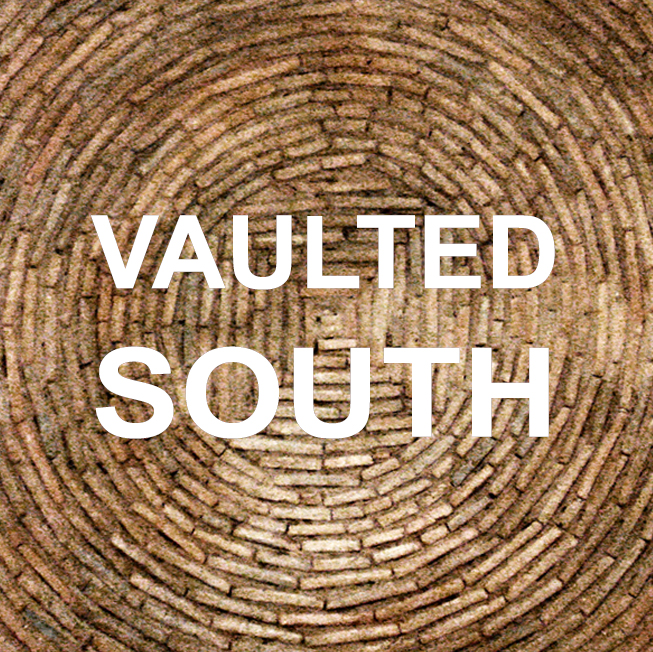Vernacular houses in the south of Portugal present specific features resulting from their adaptation to culture, territory and the Mediterranean climate. The vaulted terrace (“açoteia”) is a constructive roof system currently used in these houses combining knowledge of classical techniques with local traditions. In general, vaulted houses are considered a wise constructional process after dismissing the use of wood and, sometimes, formwork too, and a bioclimatic construction example, due to its good thermal performance inside the house. Although its aesthetic appeal aroused the interest of researchers and was reported in national architecture surveys and travel guides published during the 20th century, its geographical distribution, architectural and constructional characterization, typologies, thermal benefits and builders remain understudied.
This project aims to fill the gap in studies on vernacular vaulted houses and construction processes, consisting of the first interdisciplinary and digital approach to this cluster of houses. Based on the study of architectural treatises and manuals saved at the National Library of Portugal and the Library of the National Palace of Mafra, on measurement surveys and thermographic non-intrusive inspection techniques applied to the buildings, this project explores the possibilities of Digital Humanities applied to the History of Architecture. A corpus of knowledge is to be created and curated, composed of different kinds of information (technical drawings, diagrams, networks, measurements, materials, typologies, etc.) placed in a digital and georeferenced platform to be made available in an online and open source format, resulting from the intersection of traditional methodologies with Digital Humanities and Digital Architecture. Data assembled on the platform is analyzed from a historical, architectural, statistical and interconnected perspective thereby generating new ways to understand heritage vernacular architecture.
The main activities of the project are:
- to compile and study treatises and construction manuals of vaulted systems currently used in Portugal by builders between the 16th and 19th centuries, their authors, contents, contexts and sources;
- to study and survey vernacular vaulted houses in southern Portugal: the regions of Évora, Beja and the east side of the Guadiana river, in inner Alentejo, and the central and leeward region of the Algarve (already partially studied by members of the team), according to their context and layout typologies;
- to identify and study influential buildings in the surroundings of vernacular vaulted houses that may have served as sources of knowledge;
- to feature vault geometries, assemblage systems and used materials;
- to create a corpus based on the published constructional knowledge, vernacular houses and vault typologies, geographical distribution, builders and users;
- to curate the corpus on an open source online platform, georeferenced, 3d visualized with data parameterized and stored, making available online itineraries and a virtual exhibition developed by crossing concepts and tools of Digital Humanities and Architecture.
The research team is composed of academic experts from different scientific areas, with recognized published work: two architects, a architectural historian, an art historian, two civil engineers (structures and construction-building physics), a geomatic engineer and an art historian PhD candidate, connecting two universities, the FCSH-NOVA University and IST-ID University of Lisbon, and four research centers: CHAM, IHA, CiTUA and CERIS. The team rely on the support of two Spanish consultants and one Portuguese consultant in different areas, an architect expert in vault construction systems, and an art historian expert in digital humanities theory and tools. The team also established a partnership with two key institutions, the National Library of Portugal and the Library of the Nacional Palace of Mafra.
Vaulted South contribute to the understanding of vernacular houses, the paths of empirical knowledge transmission and to preserve this unknown heritage that is currently in danger of adulteration and disappearance, by advising on rehabilitation projects, patrimonial actions and procedures, proposing touristic routes and to inspire contemporary projects. Also, it establishes the importance of vernacular vaults in the history of architecture and construction within the wider context of the Mediterranean region, and, above all, raises the question of the difficulty in establishing boundaries between the vernacular and the erudite architectural knowledge, bridging these two terms, usually perceived as being opposites.
The Vaulted South scientific production can be found inside Actividades folder.
The Vaulted South Platform is housed at Omeka online data base.
